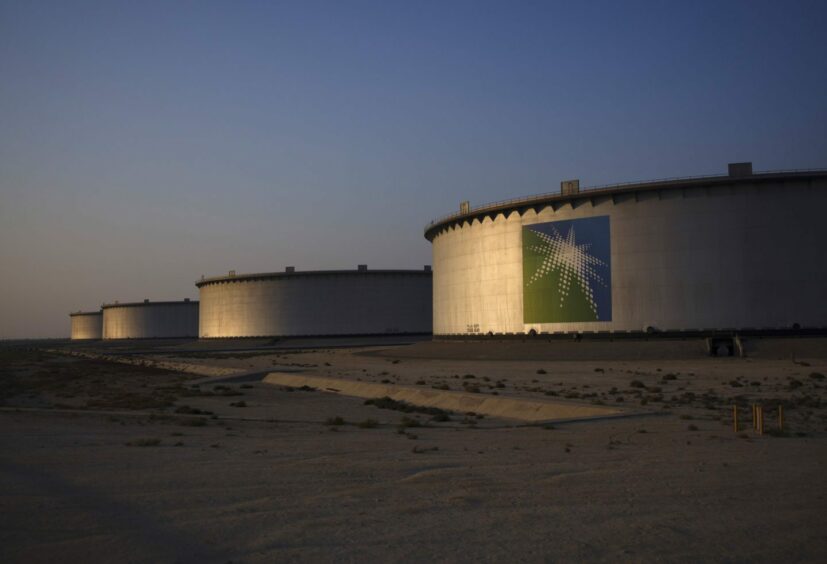
Saudi Aramco’s top official warned Sunday that an increased focus on climate was undermining investment in oil and gas to the point where it now posed a threat to the world’s energy security.
Global investments in the clean energy transition hit $1.1 trillion in 2022, equalling for the first time the amount invested in fossil fuel production, according to an analysis from BloombergNEF.
The amount represents a 31% jump from 2021 but is still a fraction of what’s needed to slash greenhouse gas emissions by enough to avert catastrophic global warming.
The shift is nevertheless raising alarm among top tier oil executives, who’ve rushed in recent weeks to argue that more should be invested in fossil fuels because they’ll be needed for years to come.
Amin Nasser, chief executive of Saudi Aramco, said mounting pressure to curb new investment in oil and gas was based on “flawed assumptions.”
“Proponents of the popular energy transition narrative paint a picture of a Utopian world where alternatives are ready to replace oil and gas almost overnight,” he told the Saudi Capital Market Forum in Riyadh.
“If ESG-driven policies are implemented with an automatic bias against any and all conventional energy projects, the resulting underinvestment will have serious implications. For the global economy. For energy affordability. And for energy security.”
He said the focus on Environmental, Social and Governance criteria in investment was raising the cost of capital for oil and gas projects — now perceived to carry higher risk.
His comments echoed those made earlier on Sunday by Haitham Al-Ghais, the secretary-general of OPEC, who said the oil and gas sector was plagued by “years of chronic underinvestment” and needs an annual $500 billion to 2045.
That’s at odds with what most climate activists and some major energy bodies say is necessary to slow the warming of the planet.
The International Energy Agency, which advises rich countries, has called for the cessation of new investment in fossil fuels if the world is to neutralise carbon emissions by 2050.
ESG aside, investments in oil and gas tend to be cyclical; they fall when prices fall and have been subdued since the 2014 oil price crash.
Russia’s invasion of Ukraine prompted a spike in prices last year as nations scrambled for new sources of supply. However, oil and gas executives now find themselves competing for capital with renewables such as utility-level solar which, regardless of the climate benefits, is now cheaper than conventional energy in the US and set to grow.
Recommended for you
